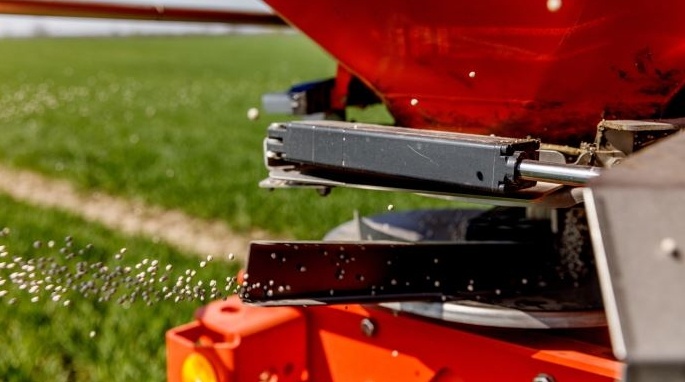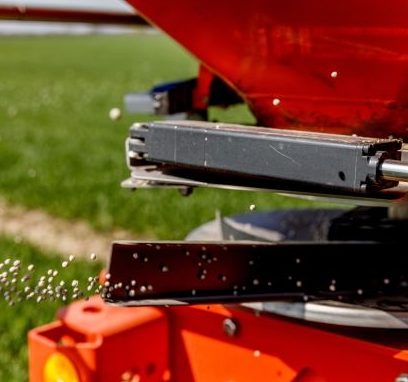Nitrogen fertilization covers an economic dimension, both in terms of production costs and the valuation of the harvest, but also environmental. The use of ammonitrates makes it easier to take advantage of the game.
Et if the last nitrogen supply was at the heart of the strategy to increase the protein content? This is all the more important because it comes at a key moment in the culture: that of the transfer of nitrogen from the part near the ear to the grain. The last input must therefore be given special attention by farmers. This observation, Véronique Richon, a farmer in the Marne, has already done and adapted her practices accordingly: “Ammonitrate third intake is more effective than the nitrogen solution, with an average gain of 0.5 point of protein for the same amount of nitrogen. It has averaged 11.5% protein over the last five years. If the farmer turns away from the usual practices of her region, rather oriented towards the nitrogen solution, she does not regret her decision to opt for ammonitrate last intake. “Depending on the weather conditions (sun, dew) at the time of application, the nitrogen solution could also cause burns on the leaves. “
Less volatility loss due to ammonitrates
One of the threats identified by farmers at the time of nitrogen spraying is ammonia volatilization . If the soil type and climatic conditions have a major responsibility for the losses it can generate, it is also important to take a close look at the form of nitrogen used. Ammonitrates prove to be valuable allies against this risk and constitute a powerful lever for optimization. Philippe Justine, farmer in the Aisne, testified: “I reserve 40 to 50 u / ha for the last contribution. The first is carried out at the tillering stage with 40 to 50 u / ha of 33.5 ammonitrate and the second at 1 cm ear with 80 to 100 u / ha of nitrogen solution. For the third, unlike other producers in the region, I have long opted for ammonitrate 33.5. The intervention with my spreader is more precise than with the sprayer. And there is less risk of volatilization. “
Nitrogen losses due to ammonia volatilization are less important with ammonitrate than with urea and nitrogen solution, which, for the same objective of yield and protein, often require increasing the dose to compensate for. Fertilization tests in three inputs (1st = 60 N, 2e = 65 N, 3e = 85 N) carried out in Germany on soft wheat showed significant differences between forms on the last contribution alone. With ammonitrate, the yield obtained was 69.8 q / ha, against 67.3 q / ha with urea while the protein content reached 12.6% dry matter with ammonitrate, compared to 12% with urea.
The synthesis of 122 Yara-Arvalis winter wheat trials (1987 to 2004) shows that at the average balance of 183 kg N / ha, a gain of 0.8% protein and 2.4-4 q / ha of yield with ammonitrate compared to the nitrogen solution while even the overdose in solution can never compensate for the difference in protein.
To learn more about wheat fertilization, contact Yara experts to share.

